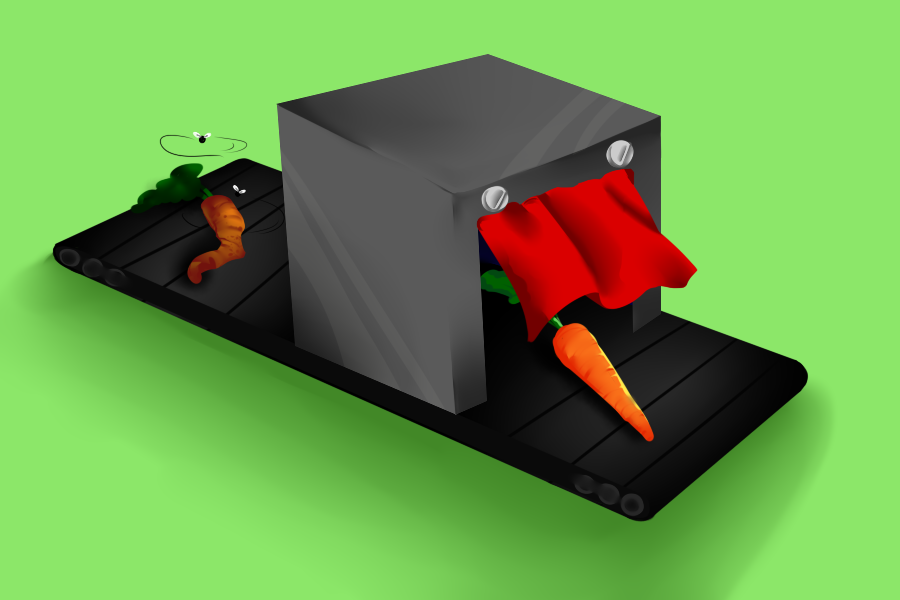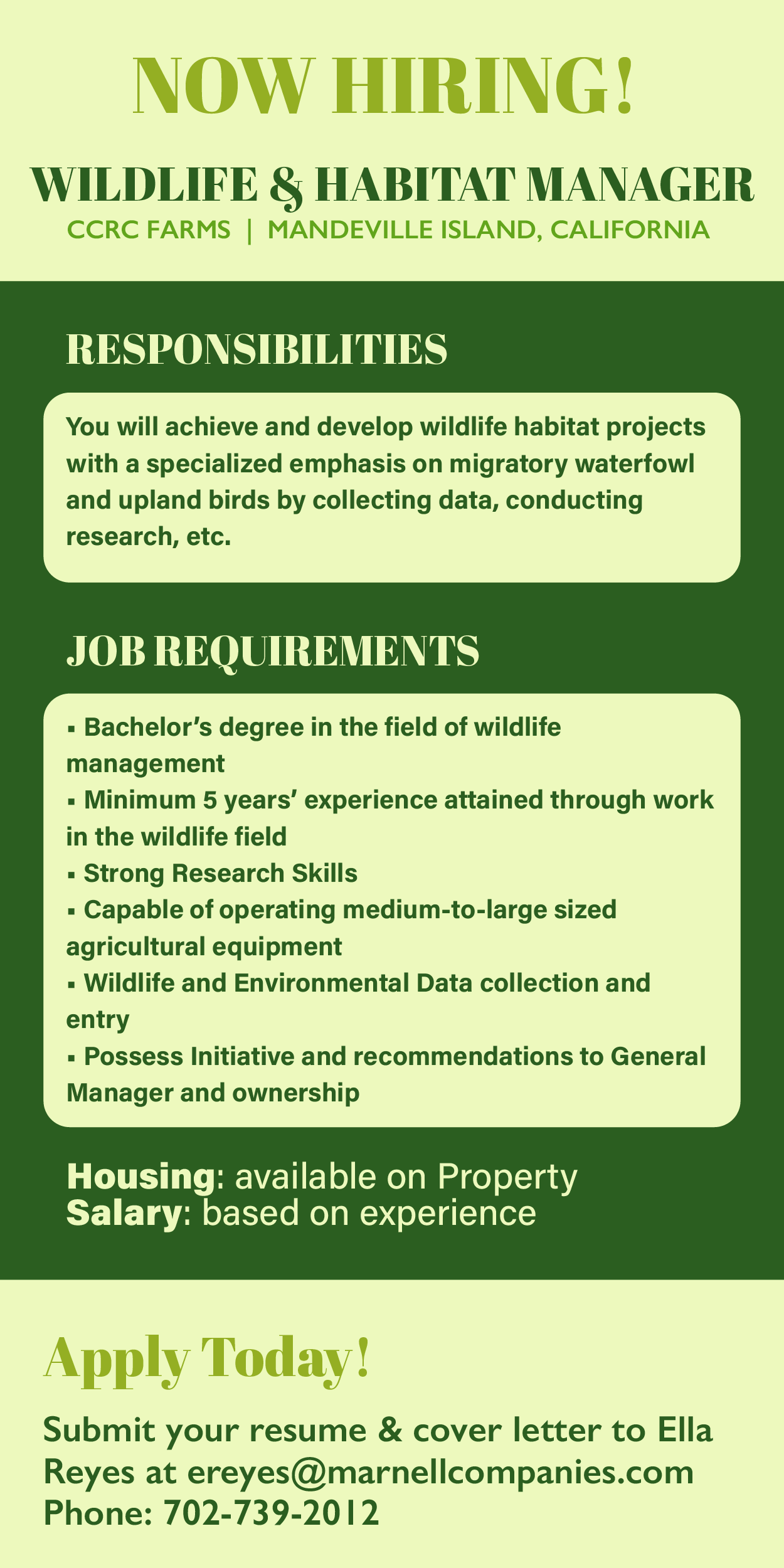
Research on SEaB’s FLEXIBUSTER to be conducted at U.S. Naval Base in Ventura County
In order to tackle food waste concerns, UC Davis researchers are collaborating with the SEaB Energy company to install sustainable energy technology at a United States Naval Base in Ventura County this fall.
Making its way from Southampton, United Kingdom, SEaB’s FLEXIBUSTER is an anaerobic digester (AD) designed to convert organic waste into energy and heat for immediate use, according to the SEaB website. Through grant-funded research by the California Energy Commission, the principal investigator, UC Davis Associate Professor Edward Spang, will lead his team in studying the AD at a prototypical scale from Oct. 18, 2017 to Oct. 18, 2021.
“This is a prestigious win for SEaB Energy and gives us coast-to-coast visibility in the US where we already have a burgeoning pipeline of contracts to fulfil this year,” said Sandra Sassow, the SEaB Energy CEO and co-founder, in a press release. “British engineering and manufacturing has an important place in the U.K. economy, and we’re very proud to be creating jobs and exporting worldwide.”
As an associate professor in the Department of Food Science and Technology and the associate director at the Center for Water-Energy Efficiency, Spang was interested in the research because he believes that there is potential for many prevention efforts to address food waste. His concerns lay in the fact that 30 to 40 percent of food in the U.S. is misused, according to the U.S. Department of Agriculture website.
Spang stressed the importance of finding alternative disposal methods of organic waste to prevent greenhouse gas emissions by methane.
“The project is focusing on this issue of diverting organic waste […] away from landfills,” Spang said. “There’s always going to be food waste. This project was looking into how we can take some of those food waste streams and convert it back into reusable resources as energy.”
The research will be conducted in Ventura County with the help of Biodico, a sustainable energy and biodiesel production company, as it already has a cooperative research and development agreement with the US. Navy. Additionally, Biodico has a preexisting network of food waste providers from the naval base and other institutions in the area that will be suitable for Spang’s research.
“Our company philosophy is [to] produce clean energy from locally available resources,” said Trey Teall, the vice president of operations at Biodico.
The physical FLEXIBUSTER will be at the naval base for Biodico to operate the system and aid in the collection of data. However, it will be monitored remotely by the research team in Davis to evaluate and improve the AD’s performance on a larger scale.
“[We will evaluate] the potential economic and environmental costs and benefits of deploying this size of technology versus some of the larger technologies that we’re familiar with,” Spang said.
Though Spang’s team consists of only a few UC Davis faculty, their study will be shared with the campus community through presentations. Student teams will also have the opportunity to contribute to the research. Spang said the team will use SEaB’s small-scale AD’s to determine how the system would work in full force.
“There’s a tradeoff between energy required to transport the food waste to the anaerobic digestion site and the amount of energy actually produced by the digester,” Spang said. “There’s a value in keeping the digester closer to the waste source so you don’t lose energy in its transport.”
Andy Pyke, the SEaB sales manager, said the project will hopefully prove the “viability of [..] converting organic waste into energy.”
“It really is a privilege to be involved with an American university and have our technology be brought out to California,” Pyke said.
Spang hopes the research will yield promising results for the future of recycling organic waste through sustainable energy technology.
“We do have quite a bit of wasted energy, water and food,” Spang said. “[But] there’s a lot of potential for us to be more efficient across these resources [and] for cities and communities to be more sustainable.”
Written by: Jeanna Totah — campus@theaggie.org




